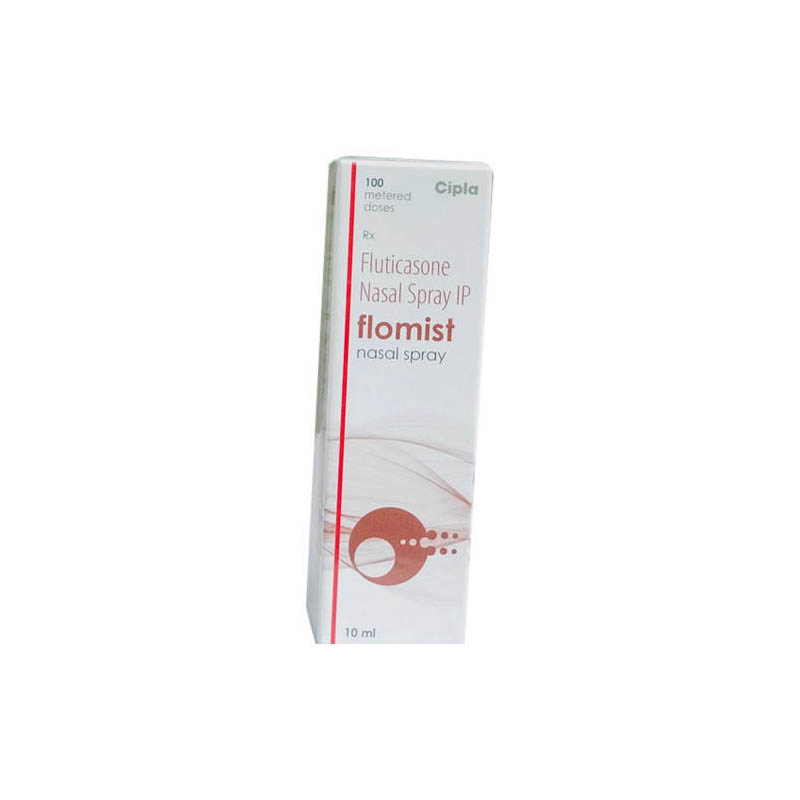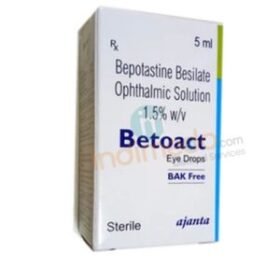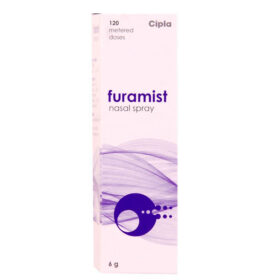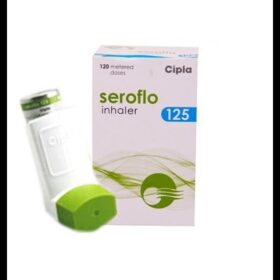Flomist Nasal Spray is a medication designed to treat various nasal conditions. Here’s some important information about its usage, precautions, and potential side effects:
How to Use:
- For children under 12 years of age, the usual recommendation is one spray in each nostril once a day. In cases of severe symptoms, the dose may be increased to more than two sprays, although this should be done under the guidance of a healthcare provider.
- Adults are advised to use a maximum of four sprays, and it’s essential to allow a sufficient gap between two doses. Using more than the recommended dose may result in discomfort or potential harm. If in doubt or if you need to adjust your dosage, it’s crucial to consult your doctor before making any changes.
Precautions: Before using Flomist Nasal Spray, there are some precautions to consider:
- Consult your doctor before using this nasal spray, especially if you have any allergies or sensitivities to its ingredients.
- Some medications may interact with Flomist Nasal Spray, including Ketoconazole, Itraconazole, Voriconazole, and Ritonavir. Inform your healthcare provider of your complete medical history before starting treatment.
- You should be aware of any drugs that need to be avoided while using Flomist Nasal Spray. It’s important to note that this spray is not intended for use in the eyes.
Side Effects: Common side effects of Flomist Nasal Spray may include:
- Rounded face
- Tongue irritation
- Loss of bone density
- Pain, burning, irritation, or dryness inside the nose
- Nasal ulceration feeling
If you experience any of these common side effects or any other unusual reactions, it is advisable to consult your doctor.
Always follow your healthcare provider’s recommendations and guidelines for using Flomist Nasal Spray to ensure its safe and effective use





